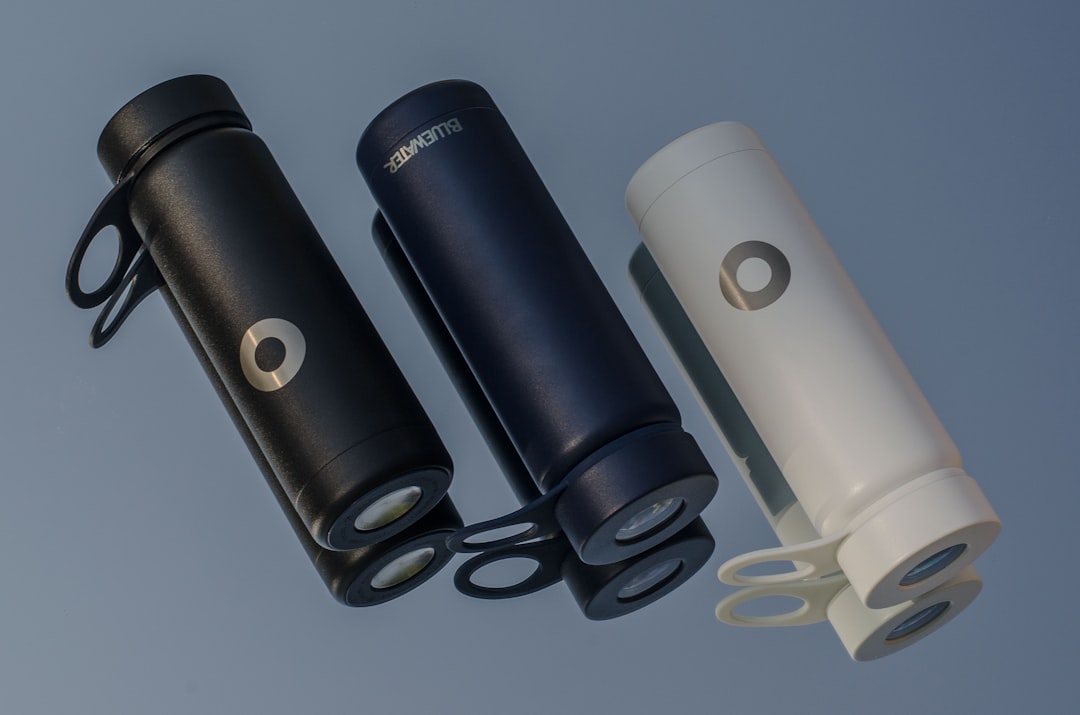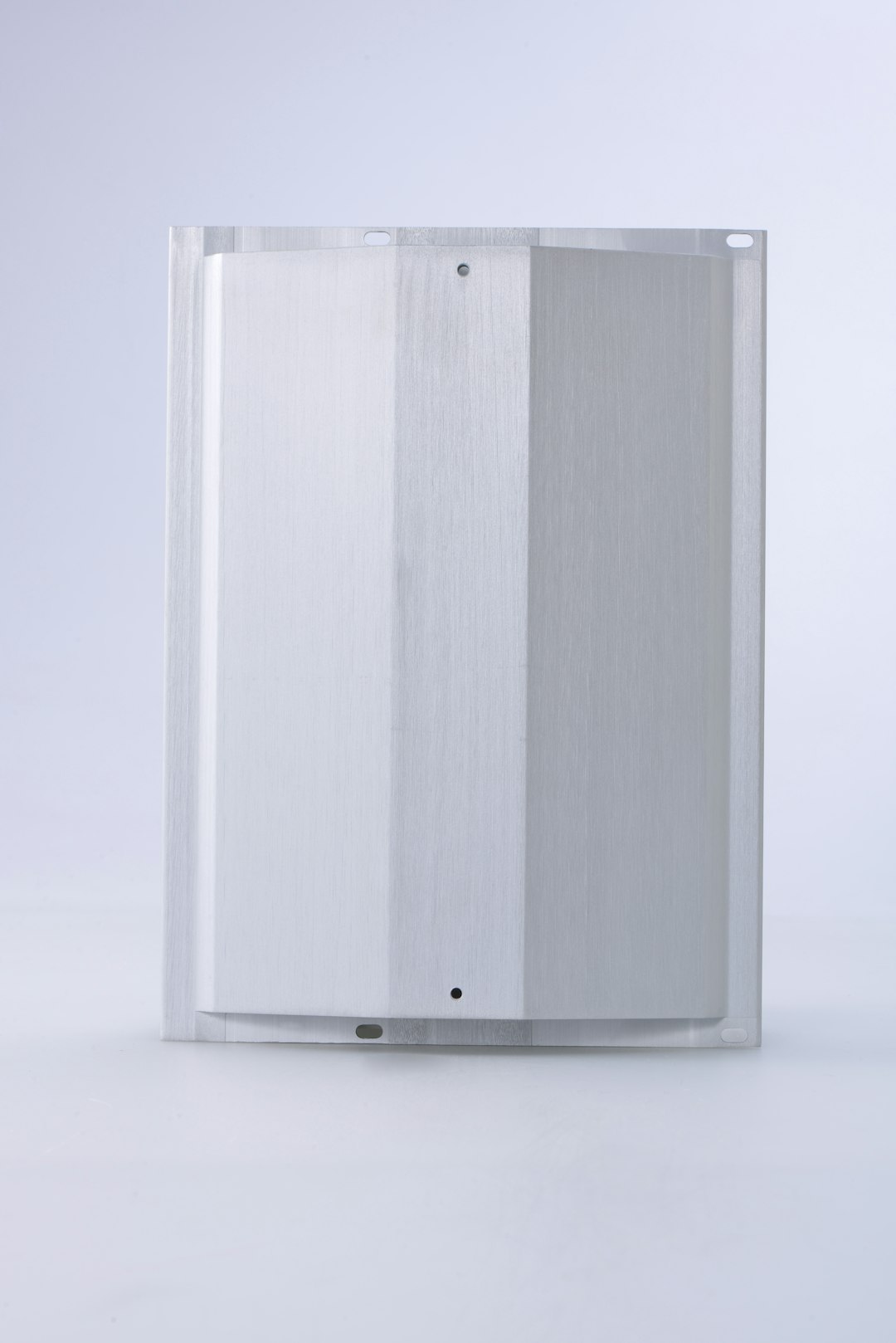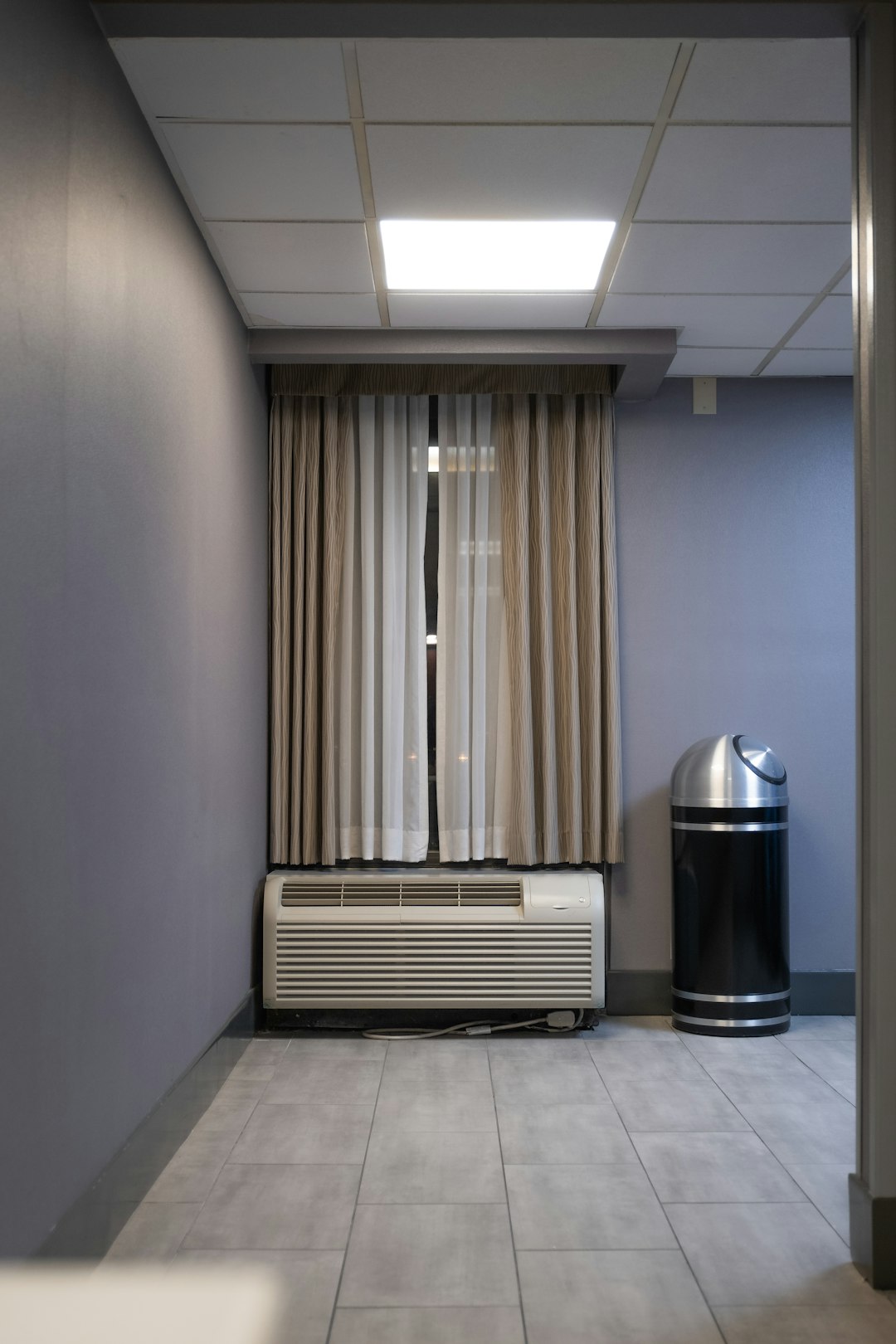Air purifiers have become an essential appliance in many homes, especially with growing awareness about indoor air quality and the rising levels of pollutants. While shopping for an air purifier, consumers are often bombarded with technical terms and specifications. One of the most important yet misunderstood ratings is the Clean Air Delivery Rate, commonly abbreviated as CADR. Understanding this specification can greatly aid in selecting the right air purifier for a particular space.
Contents of Post
What is CADR?
The Clean Air Delivery Rate is a metric developed by the Association of Home Appliance Manufacturers (AHAM) to help standardize how air purifiers are rated for their efficiency. In essence, CADR measures the volume of filtered air an air purifier delivers, indicating its effectiveness in removing various airborne pollutants such as dust, smoke, and pollen.
Unlike some performance values that are based on internal or proprietary testing, CADR is based on a standardized testing protocol. This makes it easy for consumers to compare different air purifiers across brands.

How CADR Works
The CADR system quantifies how quickly and efficiently an air purifier can clean the air in a specific room size. The AHAM tests and rates air purifiers on their ability to remove three primary pollutant types:
- Smoke: The smallest particles, typically measuring between 0.1 to 1.0 microns.
- Dust: Medium-sized particles, approximately 0.5 to 3 microns.
- Pollen: The largest particles, ranging from 5 to 11 microns.
The CADR rating is expressed in cubic feet per minute (CFM) and generally falls between 60 and 450, depending on the capacity and performance of the unit. For example, a purifier with a Smoke CADR of 300 means it can filter 300 cubic feet of smoke-polluted air per minute.
Why Is CADR Important?
For consumers evaluating air purifiers, CADR ratings offer an objective measure of effectiveness. Not all air purifiers perform equally, even if they contain similar types of filters (like HEPA or activated carbon). The CADR can bridge this knowledge gap by showing exactly how much clean air you can expect from a specific product.
Moreover, it helps in matching an air purifier to the proper room size. Choosing a purifier with an insufficient CADR for the size of the room may result in subpar air quality as the system struggles to cycle enough air effectively.
Matching CADR to Room Size
To select the right CADR for a specific room, a common rule of thumb is:
The CADR rating should be at least two-thirds of the room’s area in square feet.
For example, a room that is 150 square feet would require an air purifier with a minimum CADR rating of about 100. Here’s a simple table to guide consumers:
| Room Size (sq. ft.) | Minimum Recommended CADR |
|---|---|
| 100 | 65-70 |
| 200 | 130-140 |
| 300 | 200-210 |
| 400 | 265-280 |
It’s important to remember that higher ceilings and more open layouts may require slightly higher CADR ratings to achieve the same filtration efficiency.
Limitations of CADR
While CADR is a helpful measurement, it’s not a complete representation of an air purifier’s performance. Some limitations include:
- Filter Types: CADR ratings place a greater emphasis on particles, not gases. If you need to filter out odors, VOCs, or chemical pollutants, look for units with carbon filters, which aren’t fully accounted for in CADR.
- Long-Term Performance: CADR tests are conducted under controlled conditions with new filters. Over time, as filters clog, the airflow may decrease and affect performance—lowering real-world CADR.
- Noise Levels: Some air purifiers achieve high CADR at the cost of loud fan speeds, which might not be suitable for noise-sensitive environments like bedrooms or offices.

Other Complementary Specifications
When evaluating an air purifier, CADR should be considered alongside other specifications:
- Filter Type: HEPA filters remove at least 99.97% of particles 0.3 microns in diameter. For chemical fumes or odors, activated carbon or other gas-phase filters are helpful.
- ACH (Air Changes per Hour): This metric shows how many times the air purifier can cycle the full volume of air in a room within an hour. A good target for allergy sufferers or smoke-prone areas is 4–5 ACH.
- Energy Efficiency: Look for ENERGY STAR-certified units to ensure you’re getting a model that balances power use and performance.
Reading CADR Labels
Product labels and manuals should include three ratings—one each for smoke, dust, and pollen. Notably, a higher number is always better, as it denotes a higher clean air output. However, consumers should consider which pollutant they’re most concerned about. Someone who suffers from allergies during high pollen seasons should prioritize high pollen CADR ratings, whereas smokers or individuals sensitive to odors should look for high smoke CADR numbers and consider supplementary filtration solutions.
Conclusion
CADR simplifies the often overwhelming task of choosing an air purifier by offering an objective and standardized metric for performance. While it isn’t a one-stop measurement, it gives a meaningful snapshot of how well a unit can clean air in real-world scenarios. By understanding CADR and using it to match air purifier capacity with room size and personal needs, consumers can make an informed purchase—leading to healthier indoor environments and better overall well-being.
Frequently Asked Questions (FAQ)
- What is a good CADR rating for a bedroom?
- For an average bedroom around 120–150 sq. ft., a CADR rating of at least 100 is recommended for effective air purification.
- Is a higher CADR always better?
- Generally, yes. A higher CADR indicates that the purifier can clean more air faster. However, also consider noise levels, energy consumption, and other features relevant to your needs.
- Does CADR account for odors and gases?
- No, CADR primarily measures the removal of particles like dust, smoke, and pollen. It does not assess the removal of odors or gaseous pollutants.
- How often should filters be replaced for consistent CADR?
- Most HEPA and carbon filters should be replaced every 6 to 12 months. Refer to the manufacturer’s recommendations for specific timelines to maintain optimal CADR levels.
- Can multiple air purifiers be used in one room for better CADR?
- Yes. Using two smaller purifiers can effectively increase total CADR if they are rated sufficiently and spaced appropriately. However, it may also increase noise and energy use.

